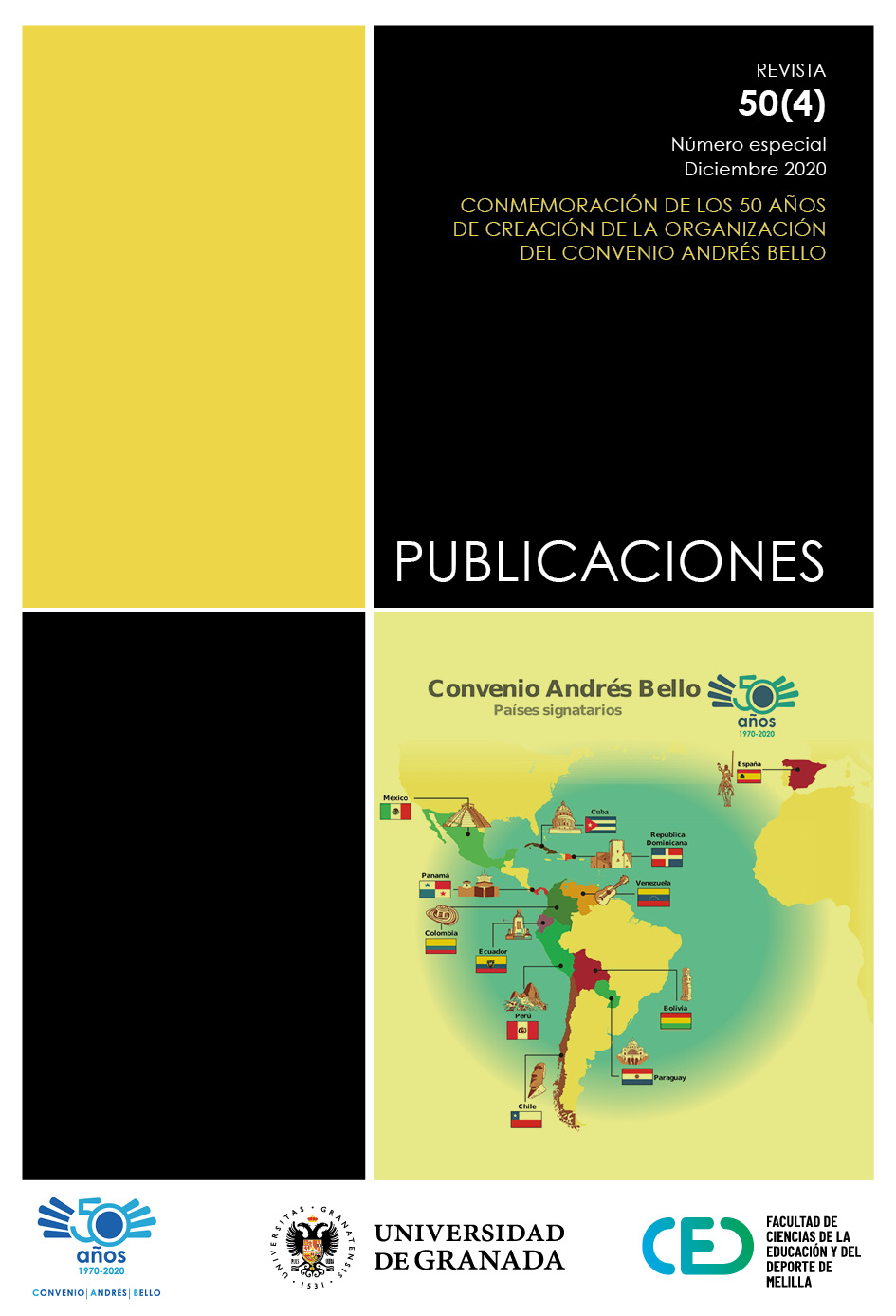Contenido del artículo principal
Resumen
Palabras clave
Detalles del artículo
Referencias
- Carayannis, E. G., & Campbell, D. F. (2012). Mode 3 knowledge production in quadruple helix innovation systems. New York, NY: Springer.
- Chan, T. M., Thoma, B., Keeth Krishnan, M. L., Carpenter, C. R., Astin, M., & Kulasegaram, K. (2016). Derivation of two critical appraisal scores for trainees to evaluate online educational resources: A METRIQ study. Western Journal of Emergency Medicine, 17(5), 574.
- Hattie, J. (2012). Visible learning for teachers: Maximizing impact on learning. London, UK: Routledge.
- Holon IQ. (2018). 2021 Global Learning Landscape. An open source taxonomy for the future of education. Mapping the learning and talent innovation landscape. Recuperado de http://www.globallearninglandscape.org/
- Jung, I., Sasaki, T., & Latchem, C. (2016). A framework for assessing fitness for purpose in open educational resources. International Journal of Educational Technology in Higher Education, 13(1), 3.
- Kio, S. I., & Lau, M. C. V. (2017). Utilization of online educational resources in teaching: A moderated mediation perspective. Education and Information Technologies, 22(4), 1327-1346.
- Merrill, M. (2002). First principles of instruction. Educational Technology Research and Development, 50(3), 43-59. Doi: https://www.jstor.org/stable/30220335
- Miller, A. (17 de enero de 2014). What´s the difference between an app and a game? Recuperado de https://www.edutopia.org/groups/games-learning/679676
- Nataf, E. (19 de enero de 2018). Educational technology is a global opportunity. Recuperado de https://techcrunch.com/2018/01/19/education-technology-is-a-global-opportunity
- Parcell, L. (2012). Increasing engagement with digital resources. Recuperado de https://support.ebooksforfe.jisc.ac.uk/index.php/guides/increasing-engagement-with-digital-resources/
- Pinto, M., Gómez Camarero, C., Fernández-Ramos, A., & Doucet, A. V. (2017). Evaluareed: desarrollo de una herramienta para la evaluación de la calidad de los recursos. Investigación bibliotecológica, 31(72), 227-248.
- Tokuhama-Espinosa, T., Borja, C., & Tirira, M. (2018). Estudio sobre tendencias innovadoras, a nivel mundial, en Recursos Educativos Digitales (RED). Quito: IPANC.
- Wiggins, G., & McTighe, J. (1998). Understanding by design. Alexandria VA: ASCD.
- Wiggins, G., & McTighe, J. (2005). Understanding by design (2ª ed.). Alexandria VA: ASCD.
Referencias
Carayannis, E. G., & Campbell, D. F. (2012). Mode 3 knowledge production in quadruple helix innovation systems. New York, NY: Springer.
Chan, T. M., Thoma, B., Keeth Krishnan, M. L., Carpenter, C. R., Astin, M., & Kulasegaram, K. (2016). Derivation of two critical appraisal scores for trainees to evaluate online educational resources: A METRIQ study. Western Journal of Emergency Medicine, 17(5), 574.
Hattie, J. (2012). Visible learning for teachers: Maximizing impact on learning. London, UK: Routledge.
Holon IQ. (2018). 2021 Global Learning Landscape. An open source taxonomy for the future of education. Mapping the learning and talent innovation landscape. Recuperado de http://www.globallearninglandscape.org/
Jung, I., Sasaki, T., & Latchem, C. (2016). A framework for assessing fitness for purpose in open educational resources. International Journal of Educational Technology in Higher Education, 13(1), 3.
Kio, S. I., & Lau, M. C. V. (2017). Utilization of online educational resources in teaching: A moderated mediation perspective. Education and Information Technologies, 22(4), 1327-1346.
Merrill, M. (2002). First principles of instruction. Educational Technology Research and Development, 50(3), 43-59. Doi: https://www.jstor.org/stable/30220335
Miller, A. (17 de enero de 2014). What´s the difference between an app and a game? Recuperado de https://www.edutopia.org/groups/games-learning/679676
Nataf, E. (19 de enero de 2018). Educational technology is a global opportunity. Recuperado de https://techcrunch.com/2018/01/19/education-technology-is-a-global-opportunity
Parcell, L. (2012). Increasing engagement with digital resources. Recuperado de https://support.ebooksforfe.jisc.ac.uk/index.php/guides/increasing-engagement-with-digital-resources/
Pinto, M., Gómez Camarero, C., Fernández-Ramos, A., & Doucet, A. V. (2017). Evaluareed: desarrollo de una herramienta para la evaluación de la calidad de los recursos. Investigación bibliotecológica, 31(72), 227-248.
Tokuhama-Espinosa, T., Borja, C., & Tirira, M. (2018). Estudio sobre tendencias innovadoras, a nivel mundial, en Recursos Educativos Digitales (RED). Quito: IPANC.
Wiggins, G., & McTighe, J. (1998). Understanding by design. Alexandria VA: ASCD.
Wiggins, G., & McTighe, J. (2005). Understanding by design (2ª ed.). Alexandria VA: ASCD.





